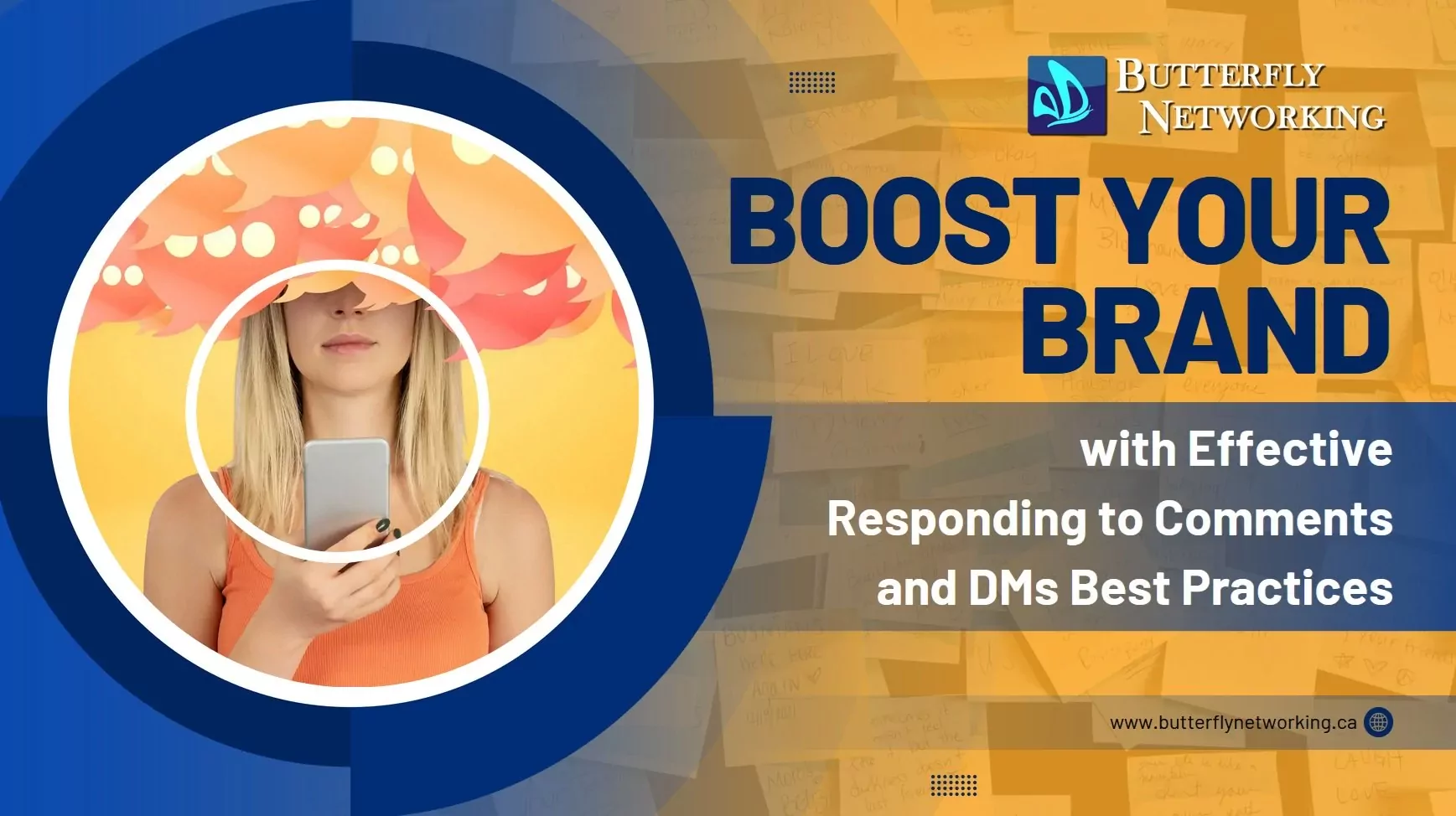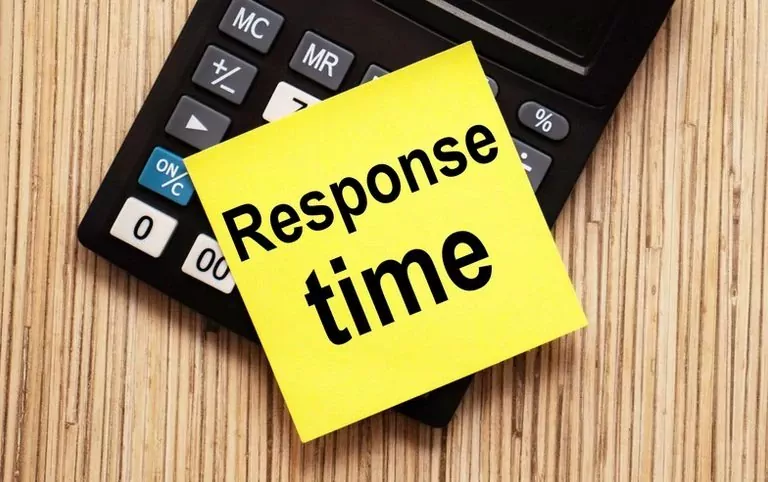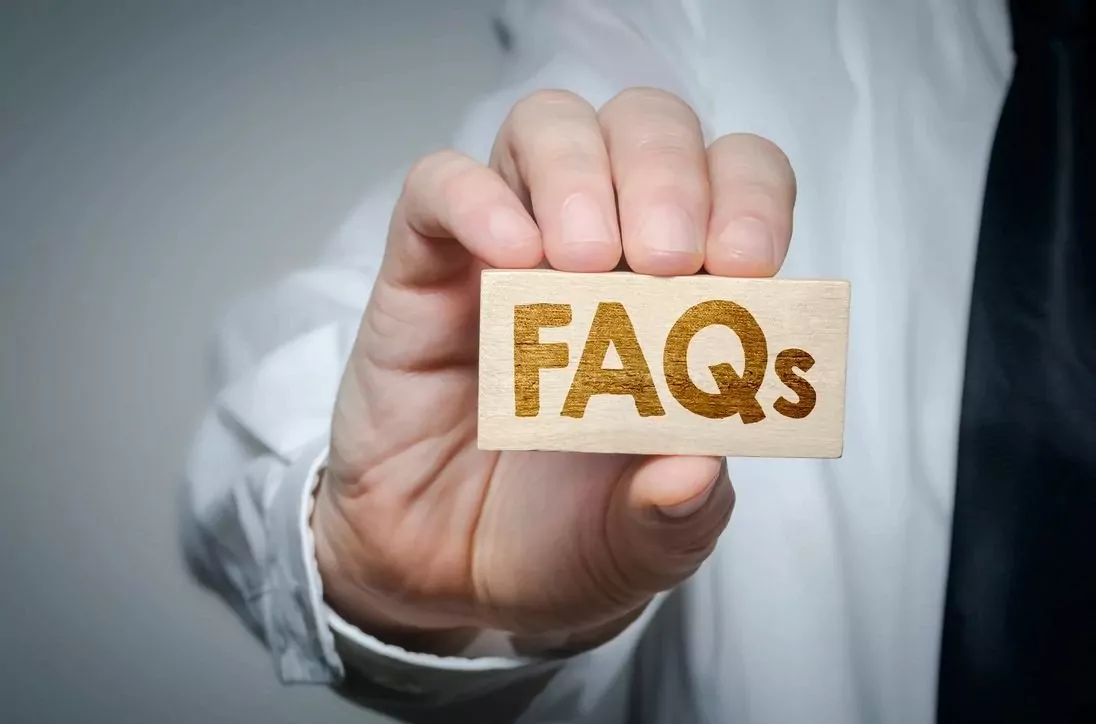Boost Your Brand with Effective Responding to Comments and DMs Best Practices
Master Comment and DM Replies to Elevate Brand Engagement and Build Strong Customer Connections Effortlessly

In today's digital landscape, effective communication is key to building and maintaining strong relationships with your audience. Mastering the art of responding to comments and DMs is essential for enhancing social media engagement and fostering customer interaction. When businesses engage thoughtfully with their followers, they not only boost brand loyalty but also create a sense of community around their products or services. This blog will delve into the responding to comments and DMs best practices that can transform your online presence. By implementing these strategies, you can ensure that every interaction is meaningful and impactful. Let's explore how to make the most of your online communication and comment management.
1. Timeliness in Responses

Responding to comments and DMs promptly is crucial in today's fast-paced world. When followers reach out, they expect a timely reply, which not only shows respect for their inquiries but also enhances their overall experience. Studies show that businesses that respond within an hour are significantly more likely to convert inquiries into sales. For example, a clothing brand that implemented a policy of responding within 30 minutes saw a 25% increase in customer satisfaction and a 15% increase in sales within three months.
To improve your response time, consider using tools that notify you of new comments and messages. Setting up a notification system can help ensure you are aware of customer interactions as they happen. Additionally, having a dedicated team or individual responsible for managing these interactions can streamline the process and enhance efficiency. Remember, timely responses can lead to increased trust and loyalty from your audience.
In emergency situations or during high-traffic periods, it's beneficial to set up automated responses. While not ideal for every interaction, these can acknowledge inquiries and inform customers that a more personalized response will follow shortly. This simple act can significantly improve user experience and show that you value their engagement.
2. Personalization is Key

Generic responses can leave customers feeling unappreciated and disengaged. Personalizing your replies, whether to comments or direct messages, creates a stronger connection with your audience. Use the customer's name, reference their previous interactions, or acknowledge their specific concerns. For instance, instead of a standard "Thank you for your message," you might say, "Thank you, Sarah, for your inquiry about our new product line!" This small touch can make a big difference.
Case studies illustrate the power of personalization. A well-known beauty brand saw a 30% increase in engagement by tailoring responses to individual customer needs and preferences. They achieved this by encouraging their community managers to take a more personalized approach in their interactions. As a result, customers felt valued, leading to higher retention rates and more word-of-mouth referrals.
Moreover, using customer data can enhance the personalization process. By analyzing previous interactions or purchase history, you can provide tailored recommendations or solutions. This not only showcases your attention to detail but also demonstrates that you care about their unique needs, further strengthening their connection to your brand.
3. Addressing Negative Feedback Gracefully

Negative comments and DMs are inevitable in the world of online communication. However, how you respond can significantly influence public perception of your brand. Addressing negative feedback promptly and graciously can turn a potentially damaging situation into a positive one. Acknowledging the issue and empathizing with the customer shows that you care and are willing to rectify the situation.
For example, a restaurant that received a negative review responded quickly, apologized for the experience, and offered a free meal to the dissatisfied customer. This not only resolved the issue for that individual but also showcased their commitment to customer satisfaction publicly. Potential customers witnessing this interaction may be more inclined to trust the brand, knowing they handle complaints effectively.
It's also important to take conversations offline when necessary. If a situation escalates or requires more detailed discussion, invite the customer to continue the conversation via direct message or email. This shows that you are willing to invest the time and effort needed to resolve their concerns personally.
4. Encouraging Engagement and Community Building

Encouraging engagement in your comments and DMs can create a vibrant community around your brand. Pose questions in your posts to invite responses, and actively engage with those who comment. A simple "What do you think?" or "Have you tried this product?" can prompt discussions that enhance customer interaction and loyalty.
Additionally, consider hosting Q&A sessions or live chats to foster deeper connections with your audience. For instance, a tech company that held a live Q&A event saw a sharp increase in followers and engagement, as customers felt more connected to the brand and its representatives. This not only provided valuable information to participants but also positioned the brand as approachable and community-focused.
Utilizing user-generated content can also encourage community building. Sharing posts from customers who use your products not only celebrates their involvement but also serves as social proof to potential customers. This, in turn, can drive more engagement and create a sense of belonging among your followers.
Conclusion

In summary, mastering the responding to comments and DMs best practices can significantly enhance your brand's online presence and foster strong relationships with your audience. By focusing on timely, personalized, and empathetic communication, you can build a loyal customer base that feels valued and engaged. Don't underestimate the power of effective comment management and direct messaging in today's digital landscape. Take action today to improve your online communication and watch your brand thrive!
For more information or assistance, contact Butterfly Networking. Let us help you create meaningful connections with your audience! Need help making marketing less mysterious? Let's chat! ![]() Carla@ButterflyNetworking.ca |
Carla@ButterflyNetworking.ca | ![]() 778-835-4032 |
778-835-4032 | ![]() https://askCarla.ca/15MinuteConsultation
https://askCarla.ca/15MinuteConsultation
Frequently Asked Questions

What are the best practices for responding to comments on social media?
Best practices for responding to comments include being timely, personalizing your responses, and maintaining a friendly tone. Always acknowledge the comment, whether it is positive or negative, and try to provide thoughtful feedback. Use the commenter's name when possible and reference specific points they made. Additionally, encourage further interaction by asking follow-up questions, which can enhance engagement.
How can I effectively manage negative comments on my posts?
Effectively managing negative comments involves responding promptly and empathetically. Acknowledge the customer's feelings and apologize for their experience. Offer to take the discussion offline if necessary to resolve the issue more privately. This approach not only helps to appease the dissatisfied customer but also demonstrates to potential customers that you care about their experiences.
How important is it to personalize responses to DMs?
Personalizing responses to DMs is incredibly important as it shows that you value the individual customer. When customers feel recognized and appreciated, they are more likely to remain loyal to your brand. Personalization can include using the customer's name, referencing their previous interactions, or addressing their specific concerns, which creates a more engaging and meaningful conversation.
What tools can I use to manage comments and DMs efficiently?
There are several tools available that can help manage comments and DMs effectively. Social media management platforms like Hootsuite, Sprout Social, and Buffer allow you to monitor and respond to comments across various platforms from one dashboard. These tools also provide insights into engagement metrics, helping you improve your communication strategies over time.
How does responding to comments influence brand loyalty?
Responding to comments influences brand loyalty by creating a sense of community and engagement. Customers who feel heard and valued are more likely to remain loyal to a brand. Additionally, prompt and thoughtful responses can enhance customer satisfaction, leading to positive word-of-mouth referrals. Ultimately, active communication fosters trust and encourages long-term relationships with your audience.
